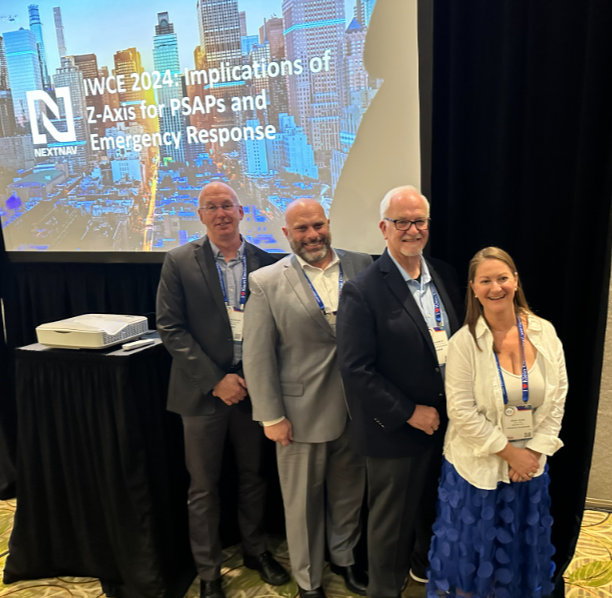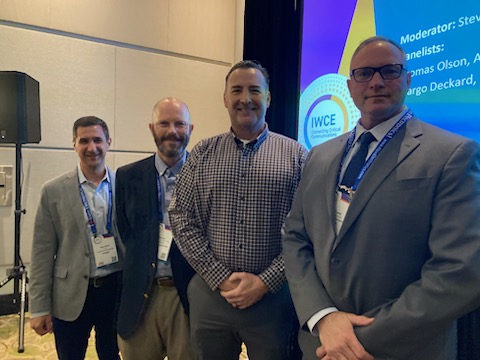As another exhilarating week at IWCE draws to a close, I find myself filled with gratitude for the privilege to engage with public safety leaders, share insights, and collaborate on advancing critical communications technology. The spirit of collaboration among our partners and fellow industry enthusiasts has been truly inspiring.
Having been a part of this community for 25+ years, I am proud to experience how IWCE continues to be a beacon of innovation and a catalyst for progress in public safety. Year after year, this show provides a platform for meaningful discussions and valuable connections.
At NextNav, we want to empower public safety with precise mission-critical vertical location for both responders and citizens alike. Throughout the show, our discussions revolved around the pivotal role of location accuracy in situational awareness—a cornerstone of effective emergency response.
Session 1: The Implications of Z-Axis for PSAPs and Emergency Response

During this session hosted by NextNav’s Chief Marketing Officer Gillian Smith, the panelists delved into the challenges faced by PSAPs and responders in accurately pinpointing the location of emergency calls, particularly in multi-story buildings. Panelists shared their experiences in using z-axis – along with the importance of accuracy of vertical location to inform emergency response.
Session 2: Incident Response and Innovations with Location-Based Services

I hosted our second session where we explored the innovative strides being made in incident response through location-based services. Joined by esteemed leaders from the public safety sector, I posed the question, “What does the ‘connected responder’ mean?” The Answer: “It means, where are my people – and where are they in the context of my environment?” For me, a true connected responder is the essence of situational awareness and queued us up to discuss the pivotal role of location-based services in ensuring the safety of responders.
Beyond strictly the technology, Lewis emphasized the importance of education and collaboration, stating, “We have to be educated on what we don’t know. We need our technology partners to help us.” This was a crucial point made by Lewis as it’s my goal here at NextNav to work collaboratively with our partners to address the challenges faced by responders on the frontlines, and educate each other.

As I reflect on another successful week at IWCE, my takeaway is the transformative power of collaboration and innovation in the realm of public safety. NextNav’s commitment to driving progress in responder safety remains unwavering, and I was proud to stand alongside our partners and my industry peers this week. Thank you to all who contributed to the enriching discussions and collaborative efforts at IWCE 2024. Here’s to a future filled with innovation, progress, and safer communities!